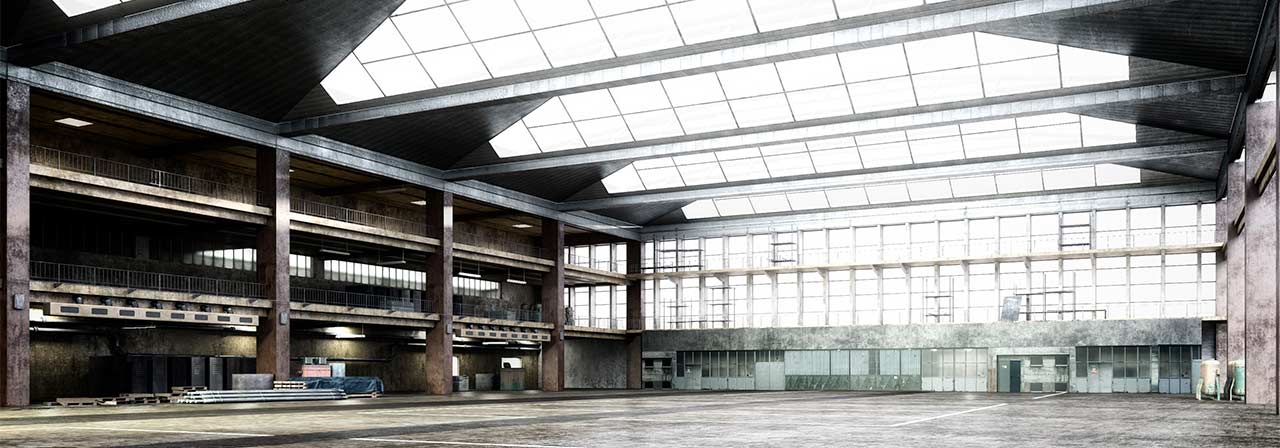India’s Warehousing & Logistics sector gets a new lease of life
India can grow into a global manufacturing hub. It's Warehousing & Logistics sector sees a galore of opportunities driven by global and domestic demand.
The Indian warehousing industry is in a three-dimensional growth path; growing by length across cities from suburban to urban areas, growing by breadth across India’s tier II and tier III cities along with tier I; and growing in height by venturing into multi-storey warehousing spaces.
India can grow into a global manufacturing hub by following a two-pronged path: Achieve a balance by attracting investments fromlarge manufacturing companies and encourage the growth of SMEs and MSMEs by incentivizing and creating an enabling ecosystem for them in India.
The Warehouse & Logistics Sector is limping back to a semblance of normalcy after a period of disruption due to the global pandemic. When the pandemic threw a spanner in the work and lives of organizations and people, the logistics sector was caught at the crossroads. Literally. Long lines of trucks and other vehicles used to transport goods were forced to wait for days before being given entry at the border to another state.
The government has been proactive and made necessary policy changes and put forth strategies to reinforce its manufacturing and logistics goals. A slew of initiatives was announced to aid the sector such as the National Investment Grid, Central Single Window Clearance (industrial and warehousing) and PLI with Stakeholder perceptions, for instance among many others.
The biggest hurdle is the uncertainty in terms of land acquisitions and approvals. This will affect the risk reward profile and defer the deployment of these funds.
Looking for more insights? Never miss an update.
The latest news, insights and opportunities from global commercial real estate markets straight to your inbox.
What will work in the future?
In the long-term, the industry’s focus will be on increasing the efficiency of the supply chain. However, consolidation of the warehousing space will continue. The Hub-and-spoke model will continue to be effective.
Another way to achieve growth in a global manufacturing hub would be to strike a balance between attracting investments from large manufacturing companies and encouraging the growth of SMEs and MSMEs by incentivizing and creating an enabling ecosystem for them in India.
With the pandemic forcing people to stay indoors, the pressure to deliver has intensely accelerated for logistics firms. With e-commerce being the way forward in the stay-at-a-distance post-COVID-19 environment, the sector will continue to be a key demand driver not just during the pandemic but post-pandemic period as well. This is evident in the increased penetration of online shopping especially in the tier II and tier III cities in India. The change in behavior of consumer purchase is adding pressure on the supply chain network and underscores the importance of high quality, compliant and hygienic warehousing spaces.
Meanwhile, India has already ventured into multistoried warehousing with development of a couple of properties that are yet to gain traction in the current scenario.
Investment Opportunities
Overall, the manufacturing and logistics sector in India has a galore of opportunities to explore in the coming times driven by global and domestic demand. If the existing challenges of time-consuming land acquisitions and approvals processes along with the lack of an enabling ecosystem of SMEs and MSMEs are met, it will lock its latent potential, experts said.
Contact Chandranath Dey
What’s your investment ambition?
Uncover opportunities and capital sources all over the world and discover how we can help you achieve your investment goals.




